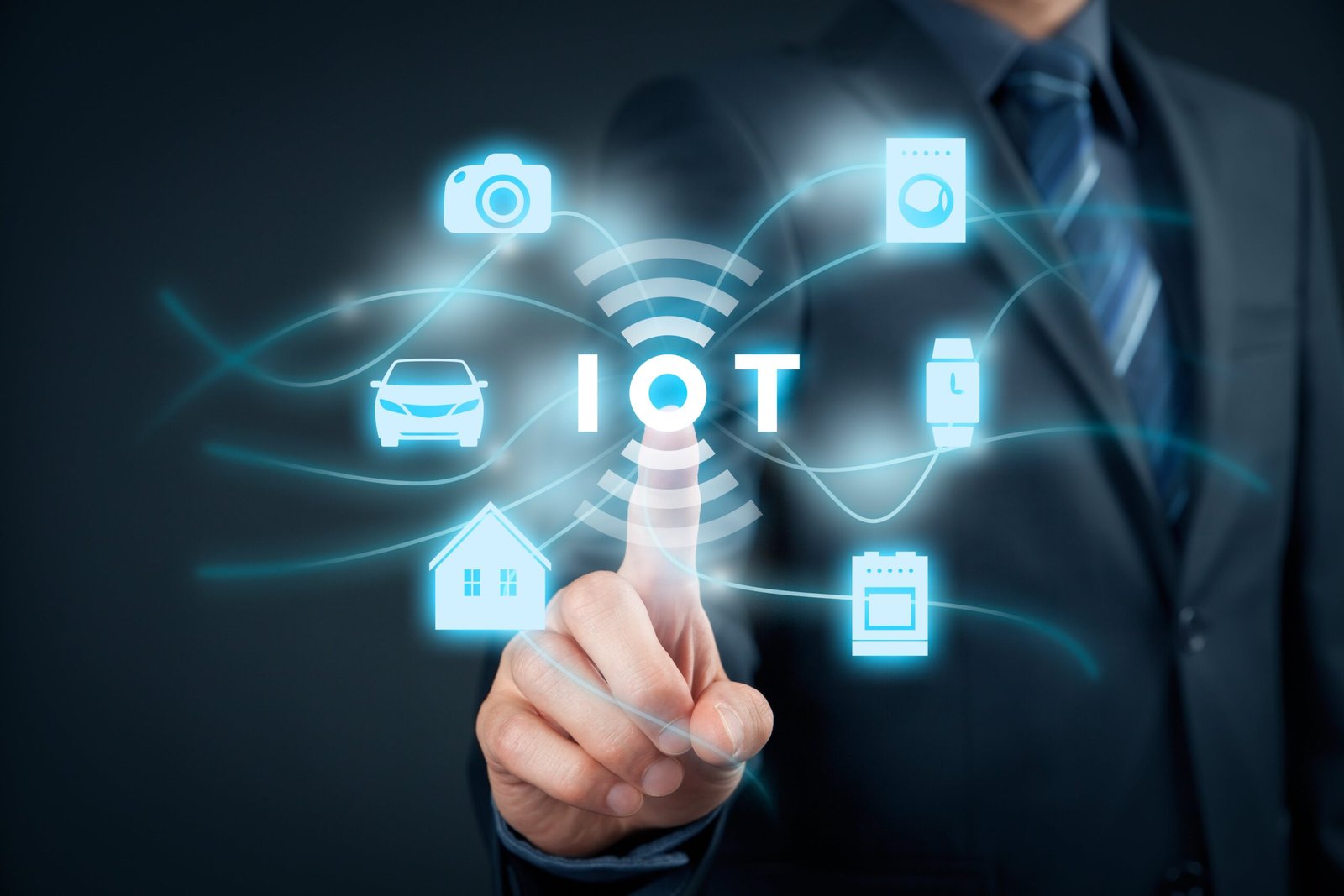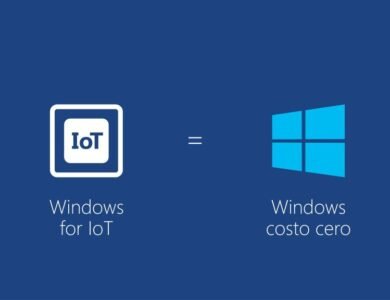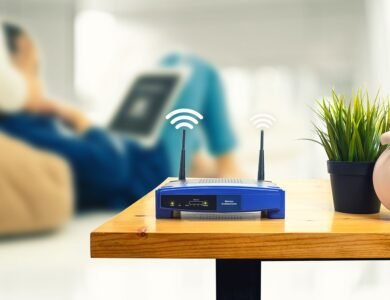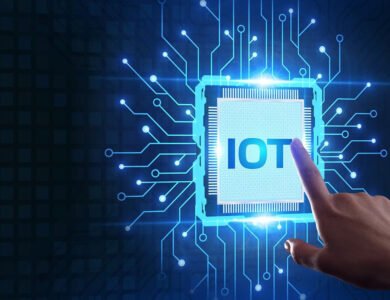Understanding the Internet of Things Your Guide (IoT)
The Internet of Things, or IoT, as it is routinely known, is an idea that is changing how we work together with our general surroundings. It’s an interesting benefit. It truly is reliably viewed as convoluted. In any case, the pith of IoT is fundamental: the reliable trade and change of estimations among gadgets and plans over the Web.

Defining the Internet of Things
So, what precisely is IoT? At its heart, the Internet of Things refers back to the billions of bodily gadgets globally linked through the net, all accumulating and sharing statistics. Imagine regular gadgets with net connectivity that can ‘talk’ to each other, out of your toaster in your car, all speaking in an interconnected network.
-
Why IoT Matters
Why does this matter? While gadgets can experience and speak, they adjust how and in which selections are made and who makes them. The capacity to connect, speak, and remotely control a valuable variety of networked, automatic gadgets is transformational.
History and Evolution of IoT
The idea of a community of clever gadgets changed as early as 1982, with a Coca-Cola merchandising device at Carnegie Mellon University turning into a primarily linked appliance. But it changed till Kevin Ashton coined the term ‘Internet of Things’ in 1999, when the concept took shape.
Key Components of IoT
Let’s dive into the vital cogs in the Internet of Things machinery.
-
IoT Devices
These are the bodily gadgets embedded with sensors, software, and different technologies to attach and alternate information with different gadgets or systems. It may be anything, from a small temperature sensor to a huge industrial aircraft.
-
IoT Connectivity
Availability is a key part, whether it is through Wi-Fi, Bluetooth, or portable organizations. The help allows those devices to ‘talk’ and extend data.
-
IoT Platforms
These are the intermediaries between the information accumulated on the tool and the user going through the software. They are critical for information control and tool control.
How IoT Works: A Step-by-Step Guide
The operation of IoT is quite straightforward: gadgets gather information from their surroundings and proportion this information through IoT platforms. Users can then get admission to this information and use it to make knowledgeable selections or automate actions.
-
Applications of IoT
Let’s discover a few regions in which IoT is making good-sized impacts.
H3: IoT in Smart Homes Smart houses are one of the most widely seen and familiar examples of IoT. From controlling lights and heating to coping with domestic safety remotely, IoT is at the heart of domestic automation.
-
IoT in Healthcare
From far-off tracking to clever sensors and scientific tool integration, IoT is remodelling healthcare, making care more handy and lowering healthcare costs.
-
IoT in Agriculture
The IoT is revolutionizing agriculture through precision farming. Farmers can display discipline situations from everywhere in real-time, enhancing yield and lowering waste.
-
IoT in Manufacturing
IoT drives business automation, enhancing performance and safety. IoT is a game-changer in manufacturing, from the predictive renovation of equipment to enhancing delivery chain performance.

The Future of IoT
The future of the Internet of Things holds promising advancements as more industries adapt and new technologies emerge. As artificial intelligence and machine learning evolve, they’ll bring new possibilities to the Internet of Things, Your Guide.
Challenges and Risks in IoT
Despite the immense benefits, the Internet of Things presents challenges, like security concerns and privacy issues. Addressing these is crucial for the sustainable growth of the Internet of Things, Your Guide.
Conclusion
The Internet of Things, Your Aide, is here, impacting the world. A computerized upheaval is changing enterprises and improving our lives. The eventual fate of the Web of Things, Your Aide, is exciting, promising to bring us into a more associated world than any other time in recent memory.
FAQs
How does IoT work?
IoT works by equipping devices with sensors or software that allow them to connect to the internet and communicate with each other. These devices gather data from their environment, process it, and transmit it over the internet, often providing actionable insights.
Why is IoT important?
IoT is important because it enables more direct integration of physical objects into computer-based systems, resulting in efficiency improvements, economic benefits, and reduced human effort. For example, a 'smart' thermostat can learn your patterns and adjust the temperature in your home accordingly, saving energy and money.
What are some examples of IoT?
Examples of IoT abound in various sectors. In a smart home, appliances like refrigerators, washing machines, or security systems are connected to the internet. Machinery and warehouse equipment can be IoT-enabled in the industry for better asset tracking and maintenance. Wearable fitness devices are also part of IoT, providing personalized health and fitness data.
What are the risks associated with IoT?
With the increasing connectivity comes a greater risk of cyber-attacks. The more devices connected, the more data is shared, potentially creating opportunities for data breaches. There is also the privacy issue, as these devices can collect vast amounts of personal information. Furthermore, not all IoT devices have robust security measures, making them vulnerable to attacks.
Rate our article (Master Internet of Things Your Guide to the Connected World)How much do you like article?





